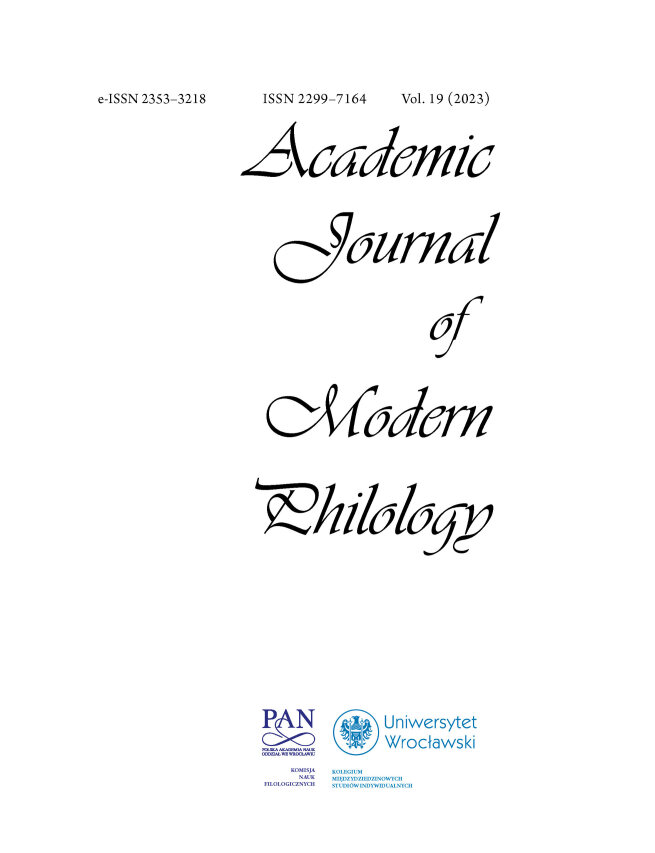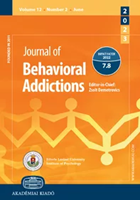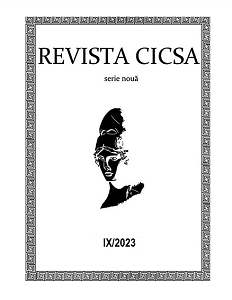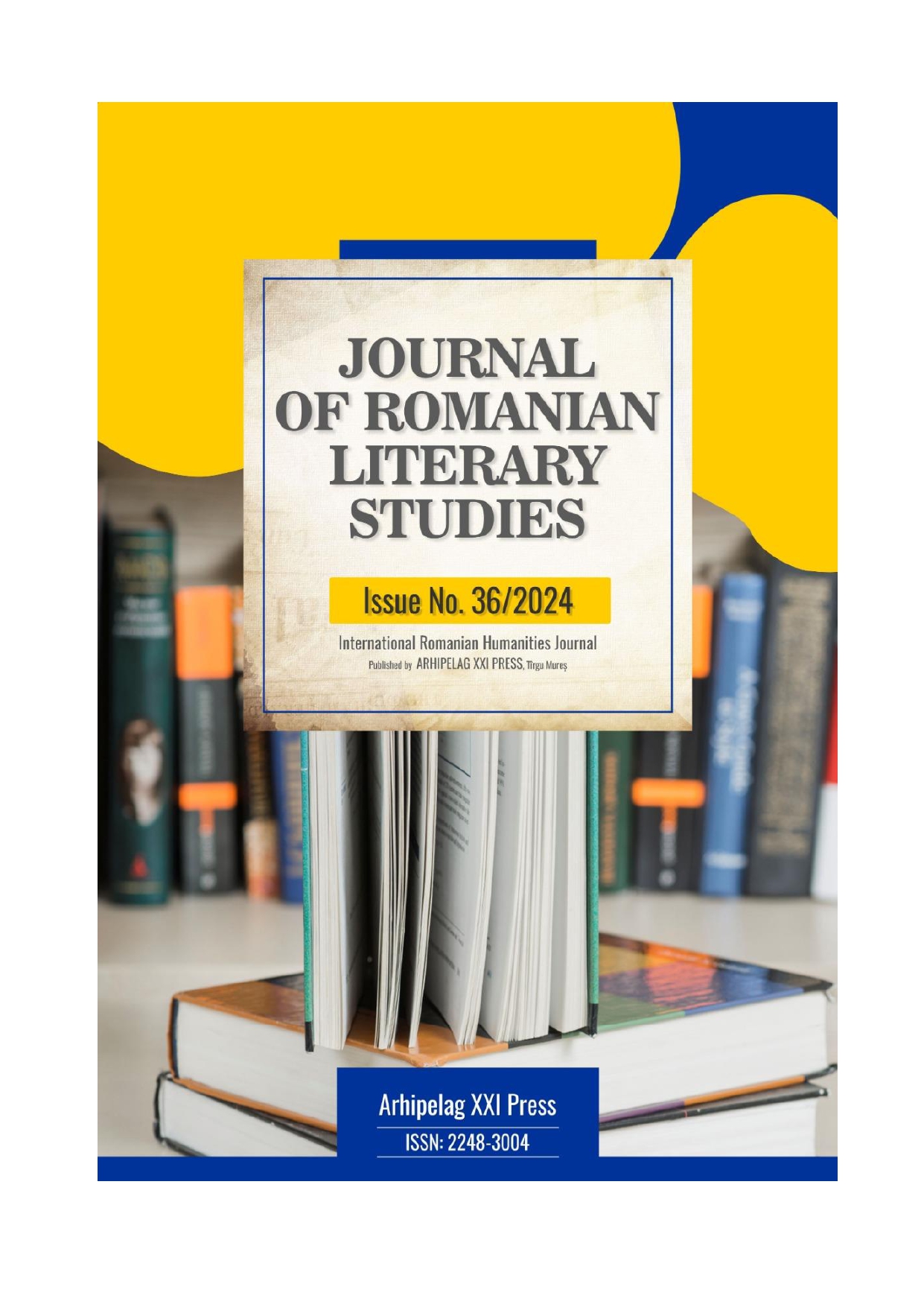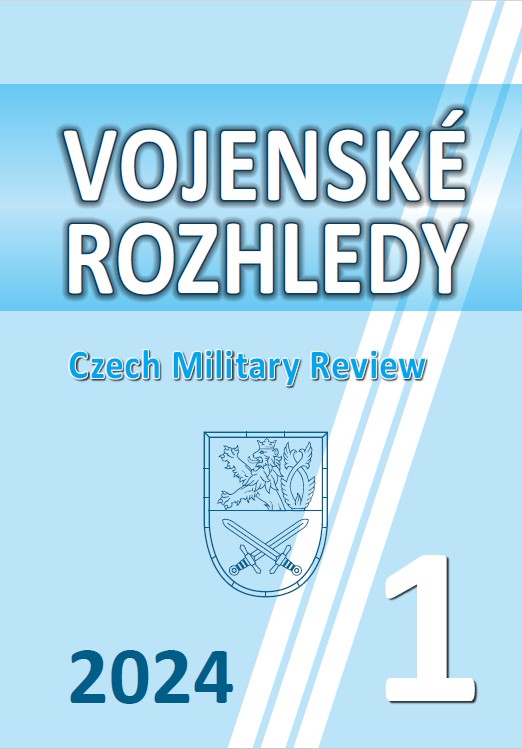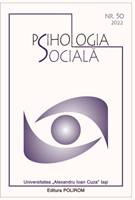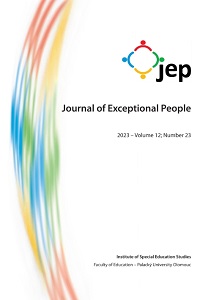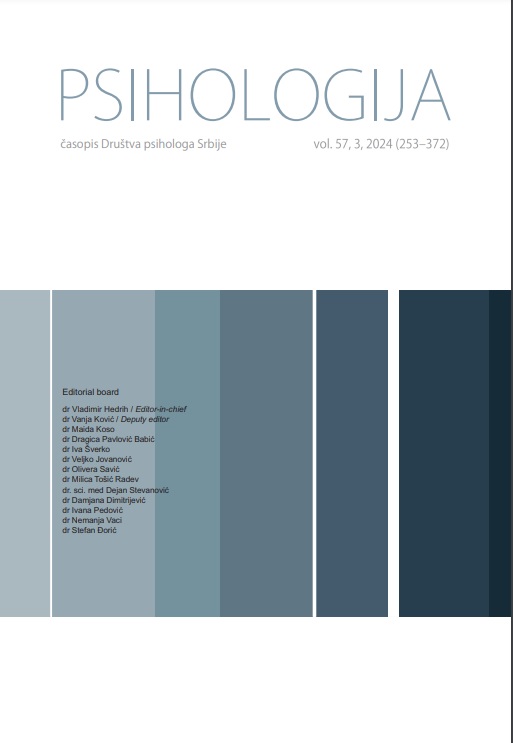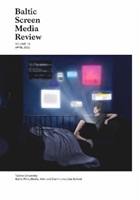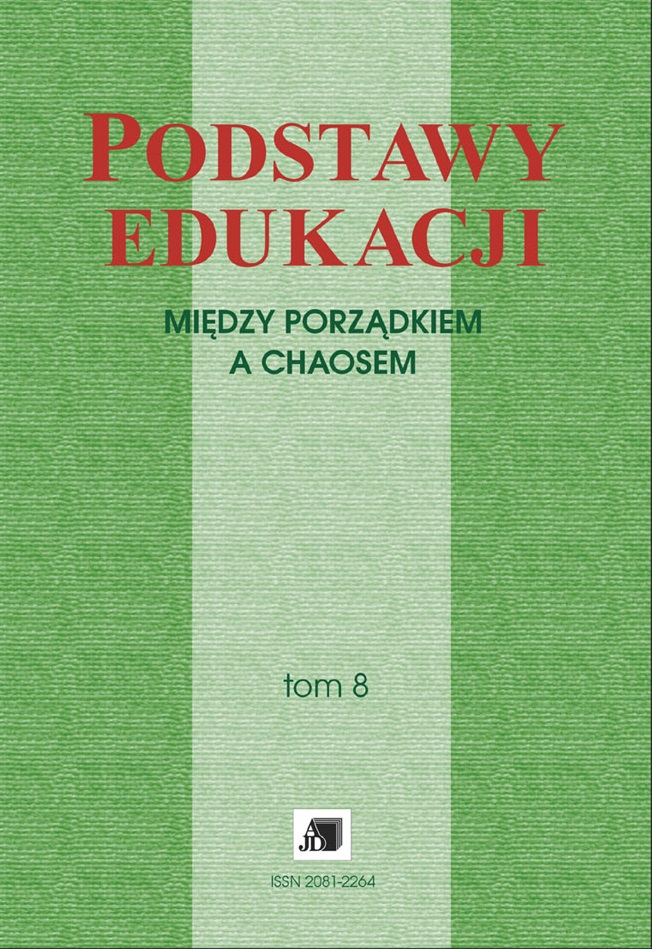
Jaka wizja edukacji wyłania się z transhumanistycznego chaosu?
Transhumanism is a philosophy whose essence is to use technology to overcome biologicallimitations of the man and improve the human condition. This overcoming and improvement areunderstood as freeing the man from illnesses, ageing processes, and achieving the state of full happiness,permanent, top excitement, as well as replacing many organs (and the entire body at somepoint) with artificial elements (better than the original ones). Transhumanism calls for maximumdevelopment and popularization of technology so that the above-mentioned full overcoming andhuman improvement could occur as soon as possible. This paper presents basic transhumanismideas, stress the vision of education created within this philosophy and shows transhumanist projects(Clouds over Sidra, Eyeborg, VEST and BrainGate) that can transform education.
More...
